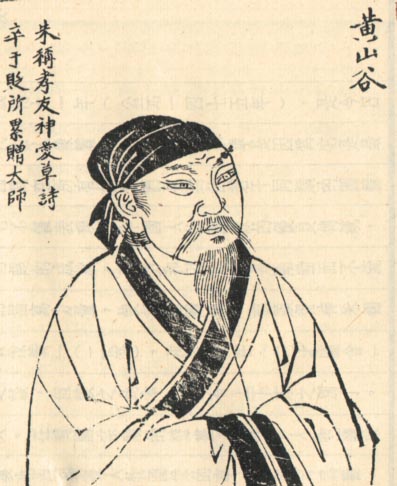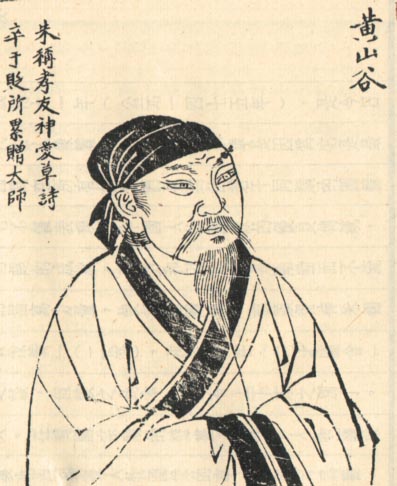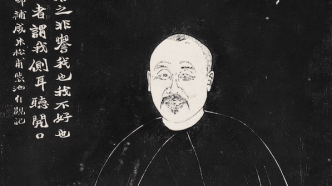

Zhao Zhiqian (1829-1884) was one of the most important "all-round artists" in the Qing Dynasty. He was a representative figure of the late Qing Dynasty in calligraphy, painting, seal cutting, etc. The Paper was informed. On December 5, “Beautiful and Beautiful—Zhao Zhiqian’s Special Exhibition” will be unveiled at the Zhejiang Art Museum. This is another theme exhibition of Zhejiang Art Museum in recent years, following the "Traditional Chinese Classics Series" special exhibitions of famous artists independently planned and implemented by Wang Duo, Fu Shan, He Shaoji and others. It is also the first time for Zhejiang artists to appear in this series.
This exhibition borrowed nearly 300 pieces (groups) of works and documents from 18 museums, art galleries and other institutions including the Palace Museum, National Museum of China, National Art Museum of China, Xiling Seal Society, Tianjin Museum and other institutions. Through academic sorting, they were integrated into The four units of calligraphy, painting, seal cutting and literature comprehensively present Zhao Zhiqian’s splendid artistic achievements and distinctive style characteristics throughout his life. It is a collection of Zhao Zhiqian’s representative works and is also the most thematic and largest exhibition of Zhao Zhiqian in recent years.
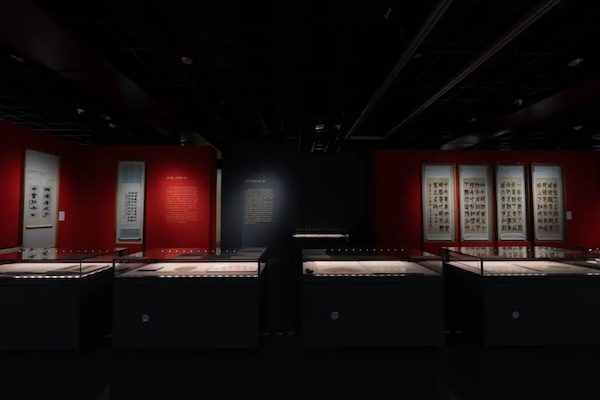
Exhibition site
Zhao Zhiqian made outstanding achievements in the fields of poetry, calligraphy, painting, and printing throughout his life. In particular, his calligraphy style is unique. "Yan Di Wei Mian" is his unique artistic symbol. Zhao Zhiqian was also a scholar who devoted his life to writing and made achievements in classics, history, poetry, and epigraphy.
There are not many surviving works of Zhao Zhiqian. Among the works exhibited this time, there are 7 national first-class cultural relics. Among them, the nearly 100 seal cutting works on display account for a quarter of Zhao Zhiqian's surviving seal cuttings. The exhibition focuses on presenting Zhao Zhiqian's rich life experience, diligent will to study ancient times, broad artistic vision, and extraordinary courage to innovate, providing valuable demonstration and inspiration for today's better understanding, inheritance and innovation of China's excellent traditional culture.

Yang Qiting's painting of Zhao Zhiqian, carved stone rubbing, Qing Dynasty, 52cm × 81cm, collected by Xiling Seal Society
Zhao Zhiqian (1829-1884), originally named Yifu, later changed to Luoshu, also known as Lengjun, Bei'an, Wumen, etc., was a native of Shaoxing, Zhejiang. Zhao Zhiqian had many difficulties in his life, but he created an extremely magnificent art world. He was an outstanding calligrapher, painter, seal carver, and scholar in the late Qing Dynasty who was comprehensively cultivated and pioneered. Together with Wu Changshuo and Li Liangyu, they are known as the three representatives of the "New Zhejiang School", and together with Ren Bonian and Wu Changshuo, they are known as the "Three Great Painters of the Late Qing Dynasty". He is the author of "Continued Notes on the Inheritance of Sinological Teachers in the Kingdom of China", "The Remaining Poems of the Beian Practitioners", "The Remaining Poems of the Beian Practitioners", "The Visit to the Huanyu Stele", "The Farewell Characters of the Six Dynasties", "Zhang An's Miscellaneous Notes", "The Remaining Ink of Beian" and "Er Golden Butterflies". Tang Yincun" and so on, and compiled "Looking Up to the Thousand Seven Hundred and Twenty-nine Hezhai Series" and so on.

Flower scroll, Zhao Zhiqian, 1868, 136.4cm×30.3cm, collected by Hangzhou Museum
Since his youth, Zhao Zhiqian has devoted himself assiduously to the study of Confucian classics, textual exegesis, and epigraphic textual research, and has made considerable achievements. Zhao Zhiqian first learned calligraphy from Yan Zhenqing, and later took the Fabei stele, which is known as "Yan Di Wei Mian". Zhuanli was born out of Deng Shiru, and was based on the style of Wei stele. It is graceful, round and unique. The regular script has clean beginnings and ends, and is graceful and smooth; he incorporated the writing style of Wei stele into the running cursive, which is sparse and graceful, and is charming and graceful, just as he claimed that "there was this person after the Han Dynasty and before the Sui Dynasty." Zhao Zhiqian used gold and stone in his paintings, with a wide range of subjects. He dared to paint something that no one had ever painted before. His painting style was ancient and beautiful, and he was the first of the Qianhai School. His first seal engraving master was Ding Jing, and later he learned from Deng Shiru. He combined the strengths of the Hui and Zhejiang schools and pursued the Qin and Han Dynasties. He also imitated the "Statue of Shi Ping Gong" of the "Fourth Grade of Longmen", created an example of Yangwen in the border style, and opened up a new realm, hoping to "establish a new branch of imitators in the past six hundred years." Zhao Zhiqian had a deep connection with Hangzhou. He had a rich life and artistic experience in Hangzhou in his early years. After his death, he was buried in Dingjiashan, Hangzhou.
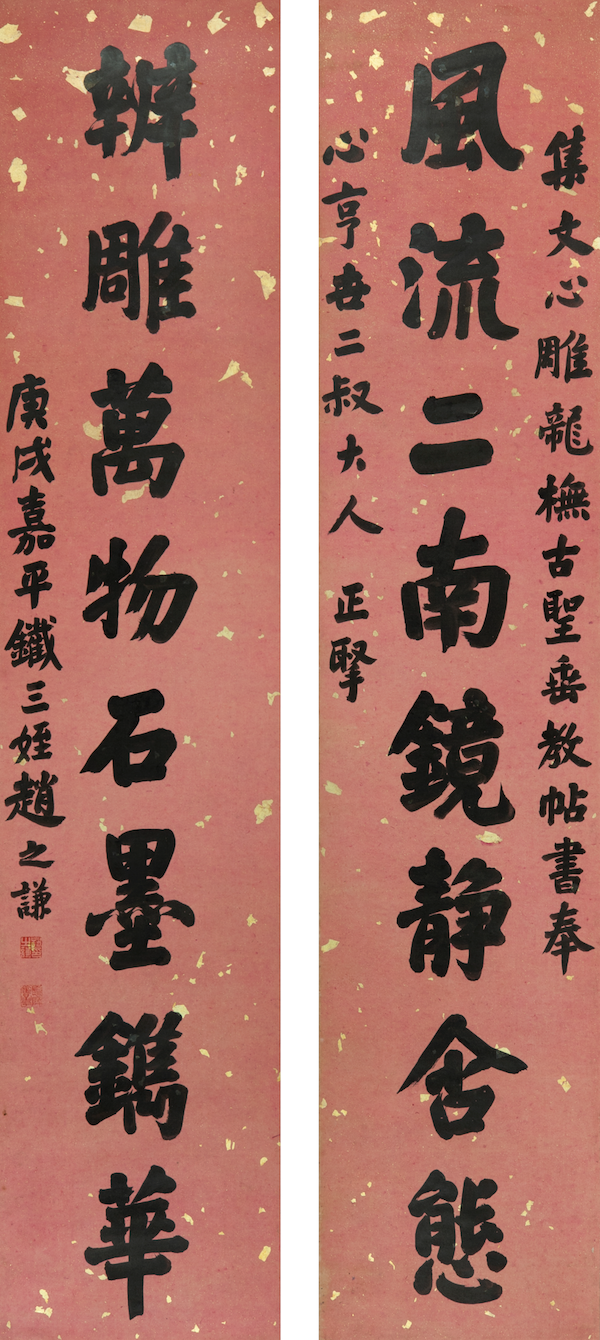
Regular script romantic couplet by Zhao Zhiqian, 1850, 168.5cm×36.5cm×2, collected by Zhejiang Provincial Museum
The exhibition focuses on presenting Zhao Zhiqian's rich life experience and diligent will to study ancient times through the four units of calligraphy, painting, seal cutting and literature corresponding to "post-Han and pre-Sui", "natural quality and beauty", "seeking seals from foreign countries" and "eating scriptures to nourish the years" , broad artistic vision, and extraordinary courage to innovate, provide valuable demonstrations and inspirations for us to better understand, inherit and innovate the excellent traditional Chinese culture today.

exhibition site
Calligraphy: Yan Di Wei Mian, this person existed after the Han Dynasty and before the Sui Dynasty
Zhao Zhiqian's calligraphy has been repeatedly stamped with the seal "There was this person after the Han Dynasty and before the Sui Dynasty", which reflects his lifelong interest in calligraphy. Zhao Zhiqian's calligraphy style is unique. Although he is modest about "he can only write straight scripts, seal scripts are more efficient, official scripts are more lax, he is not good at herbal medicine, and he has never learned running script", he is a comprehensive and innovative person in the Qing Dynasty. An outstanding calligrapher.
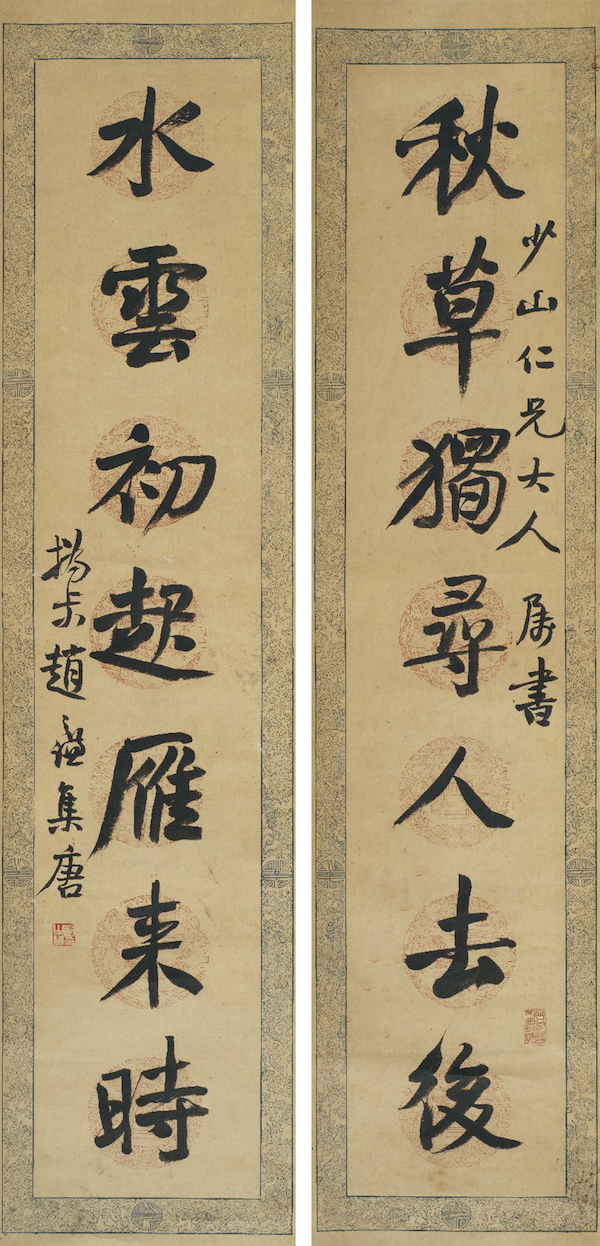
Autumn grass, water and cloud couplets in running script, Zhao Zhiqian, Qing Dynasty, 130cm×30cm×2, collected by Juntao Art Institute
He said that he "adopted the intentions of the Northern Sect and learned the methods of the Southern Sect", so the "Yan Di Wei Mian" became his iconic artistic feature. Before the age of 30, Zhao Zhiqian mainly studied Yan characters. In "Zhang'an Zashuo", he said that "before the age of 20, he learned 500 characters from the "Family Temple Stele"." After he was thirty years old, during the seven or eight years when he was begging for food in Dong'ou and going to Beijing to take the exam, he became obsessed with gold and stone, and his calligraphy style changed from Yan to Wei, which was gentle, calm and full of ancient interest. After going to Jiangxi to seek a job, he incorporated the seal script, Li script, Kai script and Xing script from the northern side of the stele. He studied it fluently, tactfully and vividly, and had a profound influence on later generations.

"Jihu Tie" in running script, written by Zhao Zhiqian, 1865, 134cm×30cm×2, collected by Ningbo Tianyige Museum
Zhao Zhiqian's study of seal script or seal cutting was originally influenced by Deng Shiru and Wu Rangzhi, and secondly, he was influenced by his colleague Hu Shu. At that time, seal cutting was all done in small seals. Deng Shiru was the first among those who were good at seal script in the Qing Dynasty. This was a conclusion in Zhao's time. But Zhao Zhiqian had other new ideas besides Deng Shiru, Wu Rangzhi, and Hu Shu. And this new thing mainly lies in the beauty of "structure".
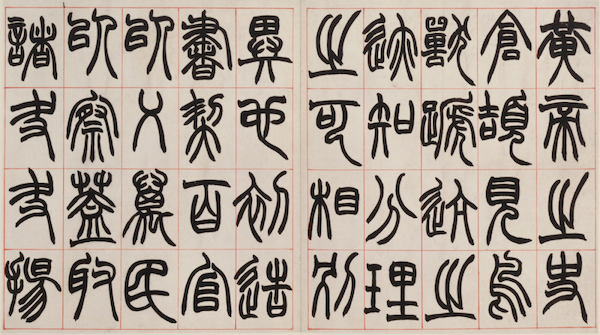

Seal script of Xu's essays and narratives (select two pages), Zhao Zhiqian, Qing Dynasty, 32.4cm × 57.5cm (each page), collected by the Palace Museum
To Zhao Zhiqian, official script is, in a sense, a supplementary style of writing. He once said: "In my life, I learned seal script before I was able to write official script, and I learned official script before I could write official script." However, Zhao Zhiqian had a wide range of knowledge in official script, and what he learned can be seen from his handed down works. From the age of thirty-five to after the age of fifty, all works include those who refer to Han dynasty steles. After entering Beijing at the age of thirty-five, he searched extensively for tablets. He once made a detailed textual research on the "Liu Xiong Stele" collected by Shen Junchu, using the Song rubbings of Tianyi Pavilion and the double-hook edition of Jiang Qiushi's Bayu book copied by Weng Fanggang as the base, and collated them one by one, and wrote explanatory inscriptions. He also invented the double hook method and copied a large number of Han steles and inscriptions with hooks.
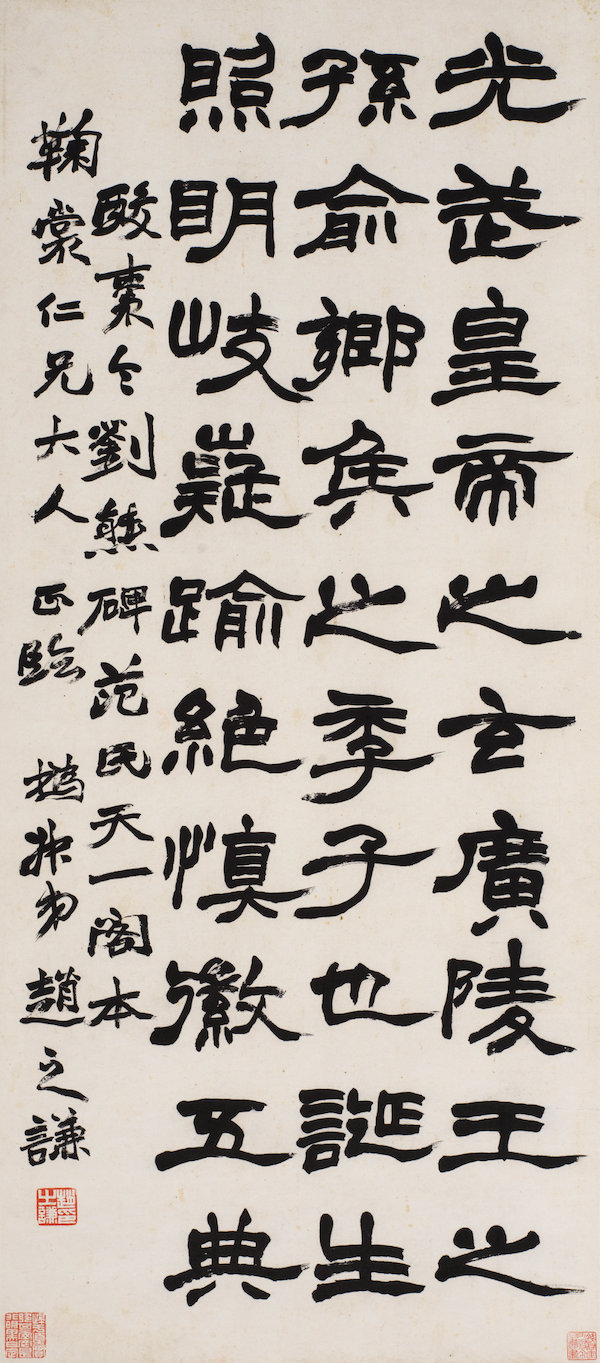
Li Shulin "Liu Xiong Stele" scroll Zhao Zhiqian Qing Dynasty 92cm × 40cm Collection of Juntao Art Institute
Regarding regular script, Zhao Zhiqian worked the most diligently and was most proud of the Northern Wei Dynasty script. He claimed that he "can only write regular script". Zhao Zhiqian's most numerous works and the most widely handed down writing are running script. Before the age of thirty-five, most of his works were written in running script, all written in his own style. After the age of forty-five, my mind and hands are free, and I can already do whatever I want, so I can let nature take its course and write freely. Zhao Zhiqian once claimed: "I have never learned running script, I can only draft it."

Regular script excerpt from Du Fu's "Theory of the East and West Rivers", Zhao Zhiqian, 1859, 101.8cm×18.4cm, collected by the Palace Museum
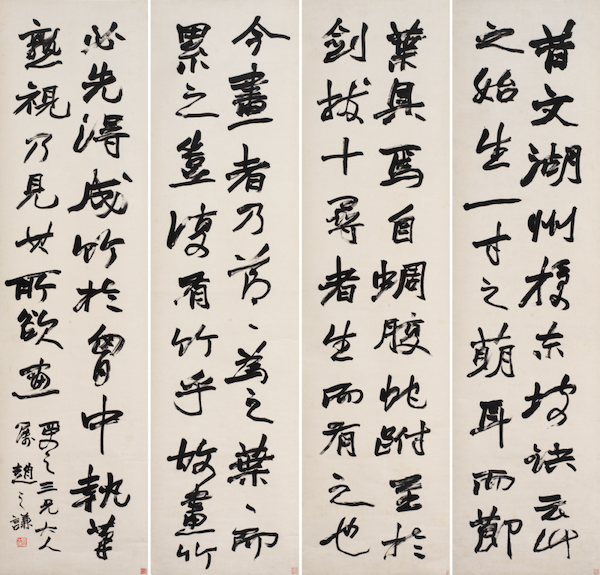
An excerpt in running script from Su Shi's "The Story of the Bamboo Shooting in Yundang Valley" by Su Shi. Four panels. Zhao Zhiqian, Qing Dynasty. 160cm×41cm×4. Collection of Juntao Art Institute.
Painting: Excellent talent, "the pioneer of Qianhai School"
Zhao Zhiqian's painting achievements are mainly reflected in the painting of flowers and birds. He also dabbled in landscapes and figures, but not many of them have been handed down from generation to generation. On the one hand, his freehand flower and bird paintings were influenced by Xu Wei, Chen Chun, Zhou Zhimian, Lu Zhi in the Ming Dynasty, Bada Shanren, Shi Tao, Wang Wu, Yun Nantian, Jiang Tingxi, Li Wei and other sages in the Qing Dynasty.

Longmenshan Buying Shou Collection Picture Zhao Zhiqian Qing Dynasty 32.8cm×131cm Collection of the National Art Museum of China
But Zhao Zhiqian is better at analysis and synthesis. He combined Yun Nantian's boneless painting method with the freehand painting method of "Eight Eccentrics of Yangzhou". In particular, he draws on Li Wei's freehand brushwork techniques and uses "Nantian" coloring to highlight his works. The two major flower-and-bird painting schools of the Qing Dynasty were combined into one to create a new style.
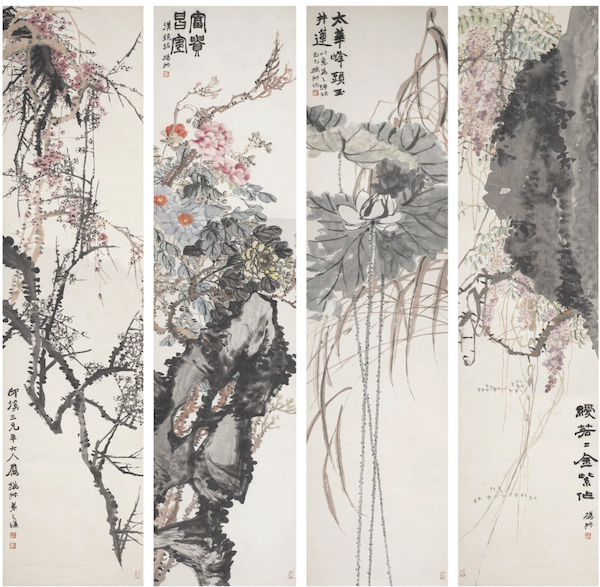
Flower four-screen strip Zhao Zhiqian Qing Dynasty 245cm×60cm×4 Collection of Juntao Art Institute
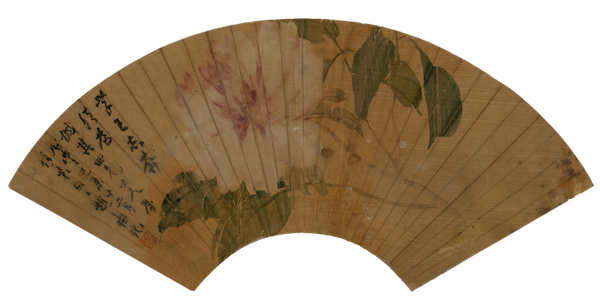
Flower fan Zhao Zhiqian, 1859, 18.8cm×51.3cm, collected by Zhejiang Provincial Museum
On the other hand, due to his profound calligraphy skills and precise grasp of lines, in terms of brushwork, he used Beibei calligraphy in his paintings, which is "rich and ancient, and has the spirit of metal and stone" (Huang Binhong said); in terms of structure and composition, he was inspired by his calligraphy and seal cutting. The influence of the structural layout is to find surprises in the ordinary, seek stability in dangers, open and close widely, and be majestic, which increases the contrast of the picture space; in terms of coloring, we oppose frivolity, gaudiness and elegance, and explore the use of beauty and intensity. The colors create a sense of elegance and increase the saturation and impact of the picture; in terms of subject matter, they seek novelty and weirdness, including exotic fish, cacti, oleanders, iron trees and other objects in the sea that few people have ever dabbled in, which is fascinating. Refreshing. Especially when he was thirty-three years old, he stayed in Wenzhou to escape the war, where he saw novel flowers and seafood. He wrote everything he saw into his paintings, thus greatly expanding the subject matter of his paintings.

Strange Fish Picture Scroll Zhao Zhiqian, 1861, 35.4cm×222.5cm, collected by Wenzhou Yanyuan Art Museum
All the above have formed Zhao Zhiqian's magnificent, quaint, strange, fresh and boneless style, which is full of distinctive personality. Zhao Zhiqian's flower and bird paintings influenced Pu Hua, Wu Changshuo and others of the Shanghai School in the late Qing Dynasty. As Mr. Pan Tianshou said, Zhao Zhiqian "opened the way for the Shanghai School" and provided a very useful example for the later formation of the Shanghai School's freehand flower-and-bird painting.

Flower Album (Selected Pages) Zhao Zhiqian, 1859, 22.9cm×31.9cm, Collection of the Palace Museum
Seal cutting: Seeking seals outside the printing industry, establishing a new branch of seal copyists over the past six hundred years
Zhao Zhiqian is the master of seal cutting among literati since the Ming and Qing Dynasties. He has set an example for later generations of seal cutting creation and innovation in seal cutting concepts, exploration paths, and seal cutting style shaping.

Zhao Zhiqian lived in an era when seal carving was at its peak among literati and when the Zhejiang and Anhui factions dominated the seal world. Zhao Zhiqian's seal cutting "was admitted to the hospital from Zhejiang, and the two sects were almost merged into one, but the Zhejiang flag was still established" (Wei Xizeng's "Wu Rang's Seal Pu Postscript"). In learning methods, he was good at tracing back to the source and competing with each other, and learned deeply about the masters of Ding Jing and Deng Shiru. He especially had a deep understanding of Ding Yin's metal and stone spirit and Deng Yin's seal writing style.
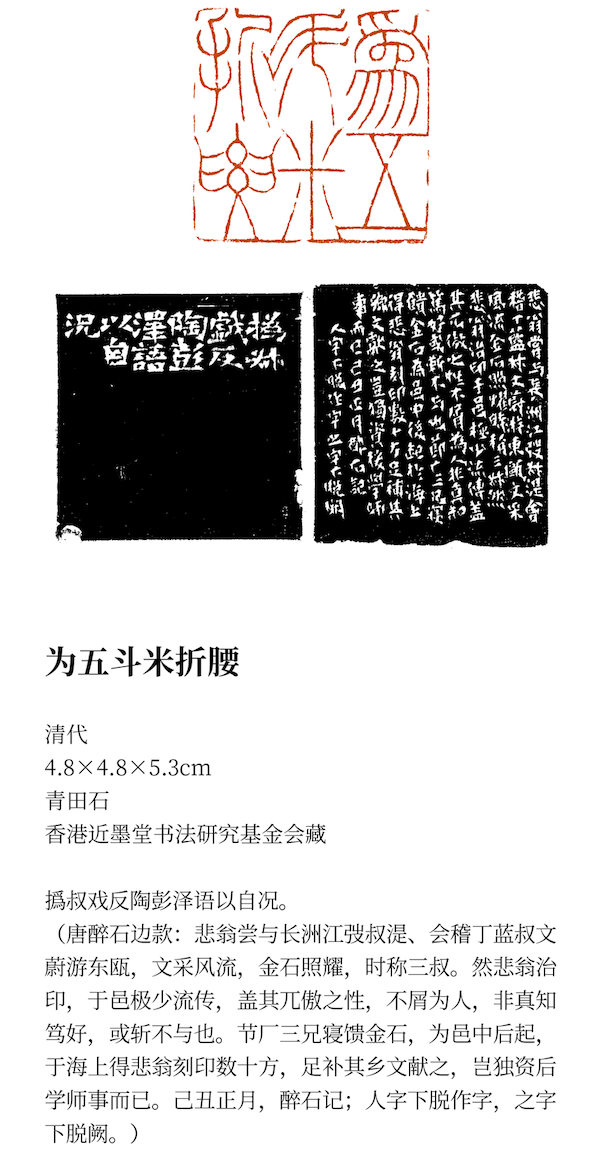
What really makes Zhao Zhiqian's seal carvings so magical and transcendent in ancient times and today is his concept and method of "seeking seals outside the seal". His professional epigraphy and broad vision of ancient writing, especially his sensitivity and interest in printing inscriptions such as tablets, cliffs, imperial edicts, mirror inscriptions, bricks and coins, have created a diverse, open and dynamic seal for himself. Wind system. In the pattern of numerous seal-engraving masters in the late Qing Dynasty, he resisted immorality, opened up a new situation, pushed literati seal cutting to a new height, and realized his desire to "establish a new branch of seal-engraving masters in the past six hundred years" (" Songjiang Chen Shuyong's seal engraving imprint "inscription") is a high ambition for seal engraving.

Literature: Eat well to support your years, look at his life and his friends and colleagues
Zhao Zhiqian traveled around all his life, from Shaoxing and Hangzhou to Wenzhou, Fuzhou, Huangyan, and even Beijing to take the exam, but failed three times. Throughout his life, he met a group of friends and colleagues and established deep relationships. There are friends in adversity, such as Miao Zi, Ding Wenwei, Jiang Si, Chen Baoshan, Hu Shu, Wei Xizeng, etc., who help each other to tide over the difficulties together; there are also friends in gold and stone, such as Shen Shuyong, Wen Yuanchang, Liu Xihai, Liu Quanfu , Wang Yirong, Li Wentian, Pan Zuyin, etc., they searched for monuments and visited posts together, examined and distinguished problems; there were also literary friends, such as Hu Peixi, Tan Xian, Cao Zhen, Dai Wang, Liu Yin, Fang Dingrui, Guo Zhongyue, Qian Guozhen , Bao Kang, Xu Zeng, Dong Pei, Zhang Mingke, Cheng Bingzhao, Tang Renshou, etc., they all talked with each other and discussed up and down. When Zhao Zhiqian took refuge in Wenmin and served in Central Jiangxi, Fu Yili, Shao Xieyuan, Sun Xi, Zong Yuanhan, Liu Kunyi, etc. helped Zhao Zhiqian solve his problems.

Two Lost Letters to Tan Xian (selected pages) Zhao Zhiqian, Qing Dynasty, various sizes, collected by the National Museum of China

Seal Script Titang Banner Hu Shu Qing Dynasty 25.5cm×49cm Collection of Xiling Seal Society
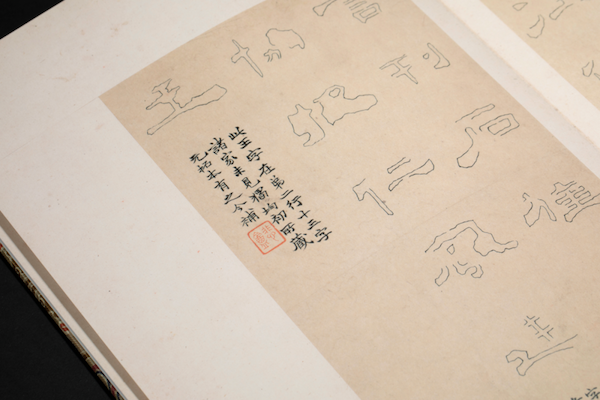
According to textual research on "Liu Xiong Stele" and the double-hook version of Zhao Zhiqian's Qing Dynasty, the sizes are different.
In addition, Zhao Zhiqian also accepted Qian Shi, Zhu Zhifu, Wei Bencun, Han Fosheng, etc. as his disciples, and spared no effort to encourage future students. There were written exchanges between Zhao Zhiqian and these teachers and friends, and the feelings of sorrow and sorrow, the attitude of anger and dissoluteness, and the joy of analyzing doubts and appreciating wonders are all preserved in the rulers. More than a hundred years later, it is still moving to read.
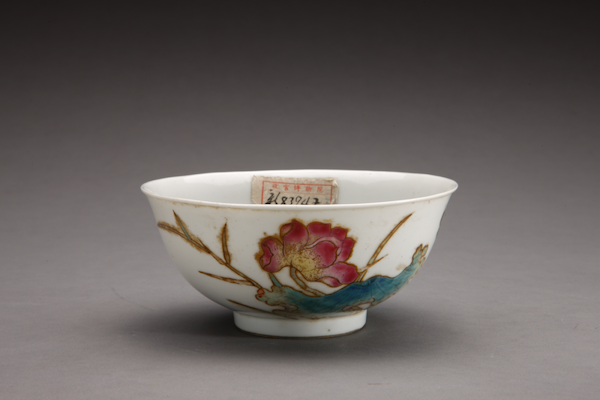
Pastel lotus pattern bowl Zhao Zhiqian, Qing Dynasty, 6cm high, 13.6cm diameter, 5.6cm foot diameter, collected by the Palace Museum
Although Zhao Zhiqian was passed down by his stage name, he was obsessed with academics and pursued an official career throughout his life. He wrote "Continued Notes on the Inheritance of Sinology Teachers in the Kingdom of China", "The Remaining Poems of Beian Jushi", "The Cumulative Documents of Beian Jushi", and "Interviews with the Huanyu Monument". "Yong Lu Xianjie", "Bie Zi Ji of the Six Dynasties", "Zhang An's Miscellaneous Comments", "The Remaining Ink of Bei'an", "The Seal of Erjindietang" and "The Chronicle of Zhang Zhonglie Gong". He has compiled "Looking Up to One Thousand Seven Hundred and Twenty-nine Hezhai Series" and so on. This exhibition displays some life documents about Zhao Zhiqian, aiming to help everyone better understand the social background and life experiences that formed his artistic thoughts and creative style.
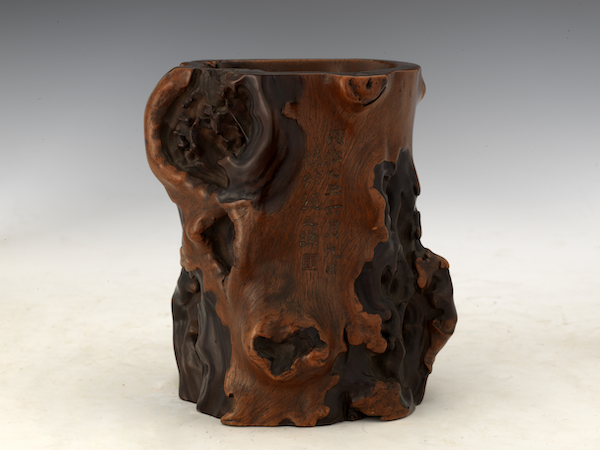
Pen Holder Zhao Zhiqian, Qing Dynasty, 15cm tall, 38cm waist, collected by Tianjin Museum
In addition to displaying cultural relics, the exhibition also integrates art into technology to create a unique viewing experience. In terms of scene experience, traditional elements are combined with modern technology. Taking Zhao Zhiqian's seal cutting as the prototype, Zhao Zhiqian's "Immortal Fish Picture" as the blueprint, and Zhao Zhiqian's art chronology as the material, three interactive experience areas were created, where the audience can interact In the experience area, you can feel the exquisiteness of seal cutting and the breadth of painting, so as to understand Zhao Zhiqian's artistic life. Various forms of public education activities will provide the public with a rich New Year’s Eve cultural feast.

exhibition site
During the same period of the exhibition, Zhejiang Art Museum will continue to launch a series of academic activities "Talk Forum", inviting experts and scholars in various fields to share and exchange research results on Zhao Zhiqian's life and art, promote Zhao Zhiqian's research, promotion and dissemination, and create a platform for Zhao Zhiqian's academic research. New position.
Note: The exhibition will last until March 3, 2024. Some of the pictures and texts in this article are compiled based on the information provided by Zhejiang Art Museum.
